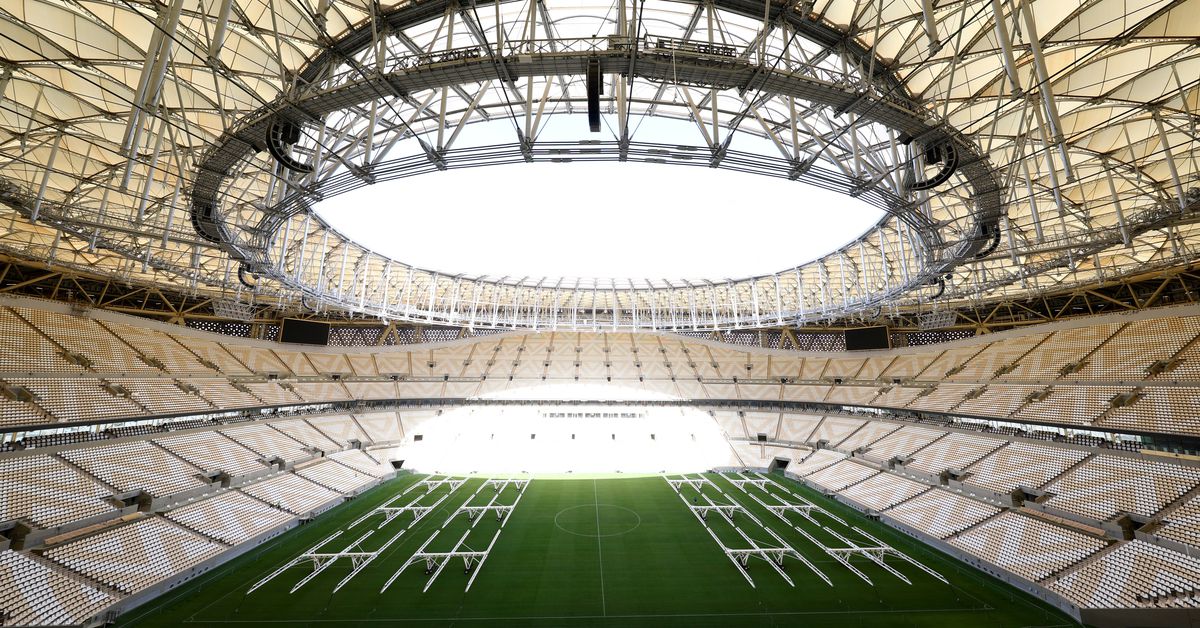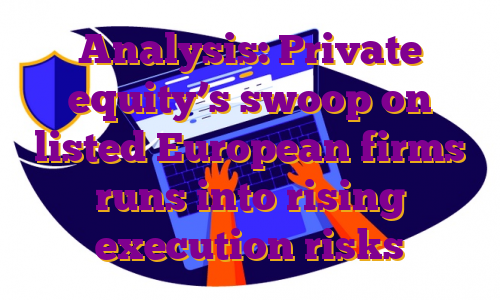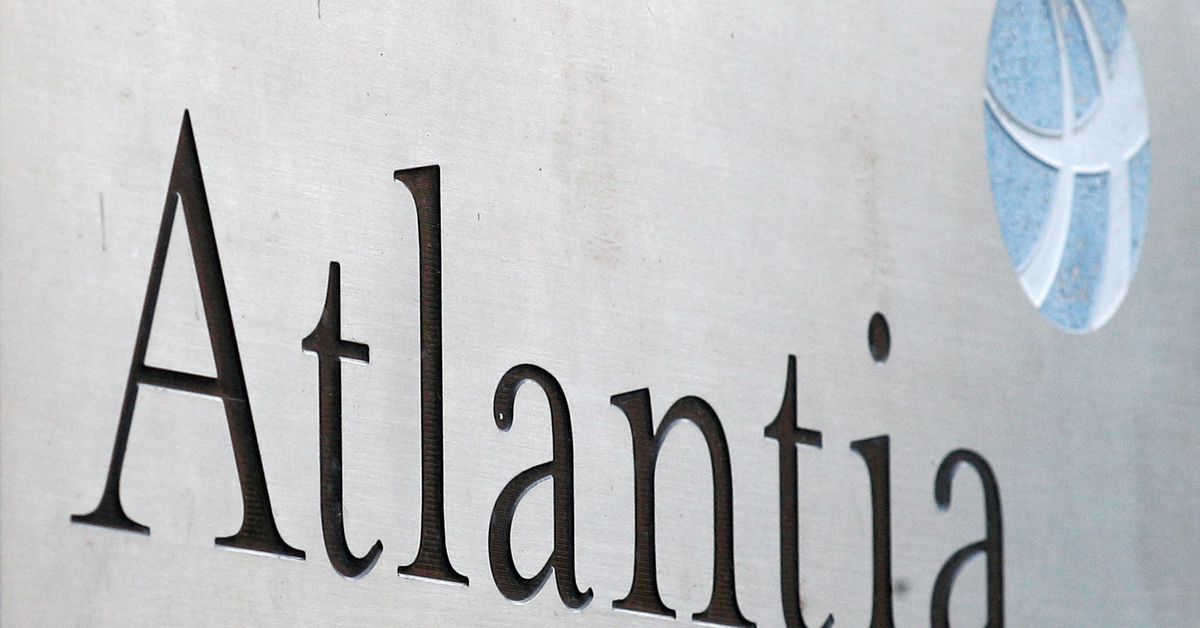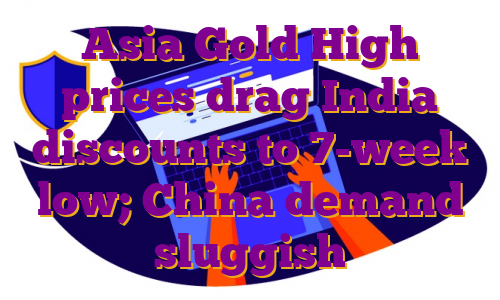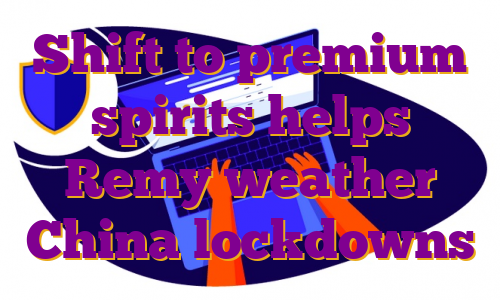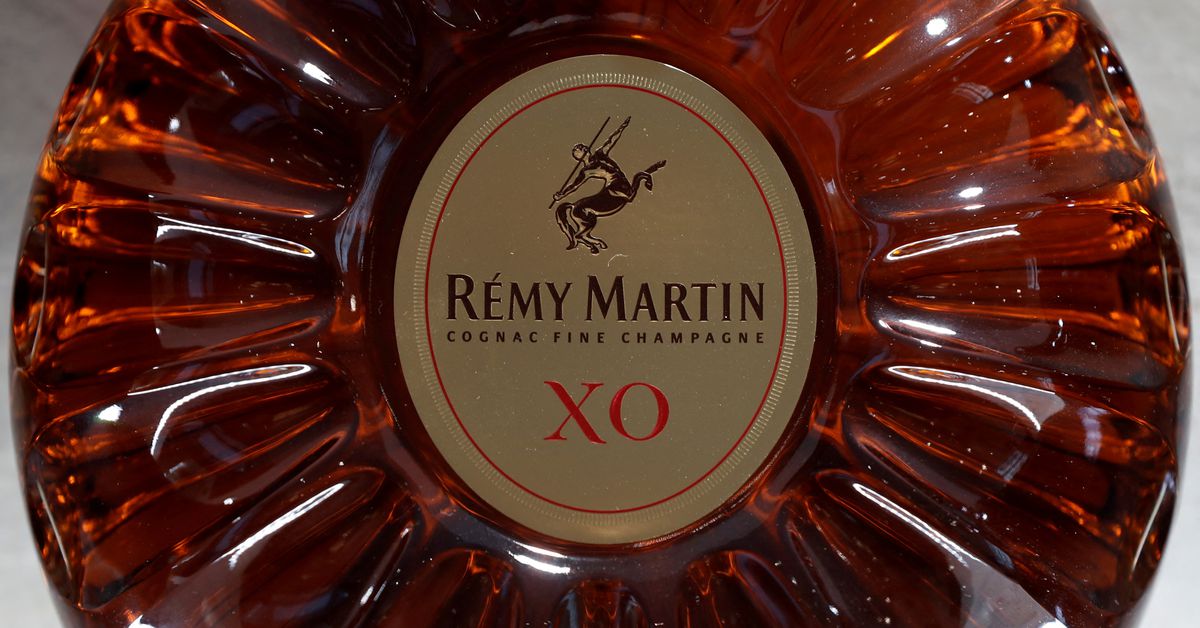DOHA, July 7 (Reuters) – Qatar’s World Cup stadium stands are set to be alcohol-free, with beer sales outside arenas only allowed before and after some matches, a source with knowledge of plans for the soccer tournament said.This year’s World Cup is the first to be held in a Muslim country with strict controls on alcohol, presenting unique challenges for organisers of an event often associated with beer drinking fans and sponsored by global brewing brands.”At stadiums, the plans are still being finalised, but the current discussion is to allow fans to have beer upon arrival and when leaving stadium, but beer won’t be served during the match or inside the stadium bowl,” the source told Reuters.Register now for FREE unlimited access to Reuters.comA document dated June 2 and seen by Reuters gives the first insight into how organisers plan to handle the demands of an estimated 1.2 million soccer fans, many of whom are used to drinking beer without limits on match days.Soccer’s relationship with booze has long been a tricky one and in the lead up to the 2014 World Cup, Brazil lifted a ban on alcohol at stadiums, after pressure from governing body FIFA.There has been a question mark over alcohol at this year’s tournament since the Gulf Arab state won hosting rights in 2010. While not a “dry” state like neighbouring Saudi Arabia, consuming alcohol in public places is illegal in Qatar.However, fans at November’s World Cup will also be able to buy beer during restricted times in certain parts of the main FIFA fan zone in the Al Bidda park in Doha, the Qatari capital.”Unlike previous World Cup fan zones, beer won’t be served all day long, but at restricted times,” the source added.Alcohol will also be available for 15,000 to 20,000 fans on a disused corner of the Doha Golf Club, some kilometres away from stadiums and the main fan zone, the document shows.In addition, a sandy plot surrounded by a 3 metre wall and located between the delivery entrance of a hotel and a district cooling plant will be transformed into a 10,000 capacity venue promising Techno music and alcohol, the document shows.A spokesperson for the organisers, Qatar’s Supreme Committee for Delivery and Legacy, said that together with FIFA they will announce plans on the availability of alcohol at the 28-day tournament “in due course”.”Alcohol is already available in designated areas in Qatar, such as hotels and bars, and this will not change in 2022. With the aim of catering to visiting fans in 2022, alcohol will be available in additional designated areas during the tournament,” the spokesperson said.’FAMILY FRIENDLY’Although FIFA’s website advertises free flowing “beers, Champagne, sommelier-selected wines, and premium spirits” in stadium VIP hospitality suites, alcohol was not sold in stadiums in December during a test event for the World Cup.Visitors are prohibited from carrying alcohol into Qatar, even from airport duty free, and they cannot shop at the country’s only liquor store, on the outskirts of Doha, where foreign residents with permits can buy for home consumption.Alcohol can be bought by visitors to Qatar at a handful of licensed hotels and clubs, where a pint of beer can cost $18.The price of beer inside the fan zones and close to the stadium has not yet been agreed, the source said.Earlier this year, another source close to the discussions told Reuters that alcohol prices will be capped in the fan zones, pointing out that at the FIFA Club World Cup in 2019 a pint of beer cost around five pounds ($6.55). read more Although the document anticipates “strong demand for international beverages”, it says the main party zone adjacent to FIFA’s fan festival will be alcohol-free, offering up to 70,000 fans a six kilometre “family friendly” street carnival.Rules about alcohol sales in soccer stadiums vary around the world. In England, alcohol is sold at stadium concourses, but fans cannot drink it in sight of the pitch while in France none is permitted on stadium grounds.Register now for FREE unlimited access to Reuters.comReporting by Andrew Mills; Editing by Alexander SmithOur Standards: The Thomson Reuters Trust Principles. .
Analysis: Private equity’s swoop on listed European firms runs into rising execution risks
- Boards, shareholders start to rail against lowball bids
- Push for higher premiums compound debt funding dilemma
- Buyer vs seller valuation gaps may take a year to close
LONDON, June 28 (Reuters) – European listed companies have not been this cheap for more than a decade, yet for private equity firms looking to put their cash piles to work, costlier financing and stronger resistance from businesses are complicating dealmaking.Sharp falls in the value of the euro and sterling coupled with the deepest trading discounts of European stocks versus global peers seen since March 2009, have fuelled a surge in take-private interest from cash-rich buyout firms.Private equity-led bids for listed companies in Europe hit a record $73 billion in the first six months of this year to date, more than double volumes of $35 billion in the same period last year and representing 37% of overall private equity buyouts in the region, according to Dealogic data.Register now for FREE unlimited access to Reuters.comThat contrasts with a sharp slowdown in overall M&A activity around the world. But as take-private target companies and their shareholders are increasingly bristling against cheap punts which they say fail to reflect fair value of their underlying businesses in 2022, prospects for deals in the second half of the year look less promising.Leading the first half bonanza was a 58 billion euro ($61.38 billion) take-private bid by the Benetton family and U.S. buyout fund Blackstone (BX.N) for Italian infrastructure group Atlantia (ATL.MI).Dealmakers, however, say the vast majority of take-private initiatives are not reflected in official data as many private equity attempts to buy listed companies have gone undetected with boardrooms shooting down takeover approaches before any firm bid has even been launched.”In theory it’s the right time to look at take-privates as valuations are dropping. But the execution risk is high, particularly in cases where the largest shareholder holds less than 10%,” said Chris Mogge, a partner at European buyout fund BC Partners.Other recent private equity swoops include a 1.6 billion pound ($1.97 billion) bid by a consortium of Astorg Asset Management and Epiris for Euromoney (ERM.L) which valued the FTSE 250-listed financial publisher at a 34% premium after four previous offers were rebuffed by its board. read more Also capturing the attention of private equity in recent weeks were power generating firm ContourGlobal (GLO.L), British waste-management specialist Biffa (BIFF.L) and bus and rail operator FirstGroup (FGP.L), with the latter rejecting the takeover approach. read more Trevor Green, head of UK equities at Aviva Investors (AV.L), said his team was stepping up engagement with company executives to thwart lowball bids, with unwelcome approaches from private equity made more likely in view of currency volatility.War in Europe, soaring energy prices and stagflation concerns have hit the euro and the British pound hard, with the former falling around 7% and the latter by 10% against the U.S. dollar this year.”We know this kind of currency movement encourages activity, and where there’s scope for a deal, shareholders will be rightly pushing for higher premiums to reflect that,” Green said.SUBDUED SPENDINGGlobally, private equity activity has eased after a record year in 2021, hit by raging inflation, recession fears and the rising cost of capital. Overall volumes fell 19% to $674 billion in the first half of the year, according to Dealogic data.Dealmaking across the board, including private equity deals, dropped 25.5% in the second quarter of this year from a year earlier to $1 trillion, according to Dealogic data. read more Buyout funds have played a major role in sustaining global M&A activity this year, generating transactions worth $405 billion in the second quarter.But as valuation disputes intensify, concerns sparked by rising costs of debt have prevented firms from pulling off deals for their preferred listed targets in recent months.Private equity firms including KKR, EQT and CVC Capital Partners ditched attempts to take control of German-listed laboratory supplier Stratec (SBSG.DE) in May due to price differences, three sources said. Stratec, which has a market value of 1.1 billion euros, has the Leistner family as its top shareholder with a 40.5% stake.EQT, KKR and CVC declined to comment. Stratec did not immediately return a request for comment.The risks of highly leveraged corporate takeovers have increased with financing becoming more expensive, leaving some buyers struggling to make the numbers on deals stack up, sources said.Meanwhile, piles of cash that private equity firms have raised to invest continue to grow, heaping pressure on partners to consider higher-risk deals structured with more expensive debt.”There is a risk premium for debt, which leads to higher deal costs,” said Marcus Brennecke, global co-head of private equity at EQT (EQT.N).The average yield on euro high yield bonds – typically used to finance leverage buyouts – has surged to 6.77% from 2.815% at the start of the year, according to ICE BofA’s index, and the rising cost of capital has slowed debt issuance sharply. (.MERHE00)As a result, private equity firms have increasingly relied on more expensive private lending funds to finance their deals, four sources said.But as share prices continue to slide, the gap between the premium buyers are willing to offer and sellers’ price expectations remains too wide for many and could take up to a year to narrow, two bankers told Reuters.In the UK, where Dealogic data shows a quarter of all European take-private deals have been struck this year, the average premium paid was 40%, in line with last year, according to data from Peel Hunt.”Getting these deals over the line is harder than it looks. The question really is going to be how much leverage (buyers can secure),” one senior European banker with several top private equity clients told Reuters.($1 = 0.8141 pounds)($1 = 0.9450 euros)Register now for FREE unlimited access to Reuters.comReporting by Joice Alves, Emma-Victoria Farr, Sinead Cruise, additional reporting by Yoruk Bahceli, editing by Pamela Barbaglia and Susan FentonOur Standards: The Thomson Reuters Trust Principles. .
Asia Gold High prices drag India discounts to 7-week low; China demand sluggish
A saleswoman displays a gold necklace inside a jewellery showroom on the occasion of Akshaya Tritiya, a major gold buying festival, in Kolkata, India, May 7, 2019. REUTERS/Rupak De ChowdhuriRegister now for FREE unlimited access to Reuters.com
- India sees discount of up to $10/oz vs $9 last week
- Indian buyers will wait for a hefty correction- dealer
- Buyers in China cautious, conserving their expenditure – analyst
June 10 (Reuters) – Gold discounts in India this week were stretched to their highest level in seven weeks as higher prices repelled demand, while fresh concerns over the spread of COVID in top-consumer China left buyers reluctant to make purchases.This week, dealers in India were offering a discount of up to $10 an ounce over official domestic prices — inclusive of the 10.75% import and 3% sales levies, up from the last week’s discount of $9.Retail buying in India will remain weak, especially from rural areas as farmers focus on planting of summer-sown crops, said a Mumbai-based dealer with a private bullion importing bank.Register now for FREE unlimited access to Reuters.com“In May, prices were attractive. Retail consumers were buying for weddings. Now buyers will wait for a hefty correction,” the dealer said.Weddings are one of the biggest drivers of gold purchases in India.In China, gold was being sold at a discount of $1.5 to a premium of $0.5 an ounce versus global benchmark spot rates .Physical gold demand in China is pretty sluggish, StoneX analyst Rhona O’Connell said, adding that people haven’t been coming back into the market yet after lockdowns were eased, as they are cautious about the outlook and are conserving their expenditure for now.China’s commercial hub of Shanghai faces an unexpected round of mass COVID-19 testing for most residents this weekend – just 10 days after a city-wide lockdown was lifted. read more COVID-related restrictions weighed on demand in China in May and “the average trading volumes of Au9999 – a proxy of Chinese wholesale gold demand – witnessed the weakest May since 2013,” the World Gold Council said in a monthly note.In Hong Kong, gold continued to be sold at a discount of about $1.8 an ounce to a $1 premium, while in Japan, gold was sold between a premium of 50 cents and at par with the benchmark.Register now for FREE unlimited access to Reuters.comReporting by Eileen Soreng, Bharat Govind Gautam in Bengaluru, Rajendra Jhadav in Mumbai; Editing by Shailesh KuberOur Standards: The Thomson Reuters Trust Principles. .
Shift to premium spirits helps Remy weather China lockdowns
- 2021/22 current operating profit up 39.9% vs forecast 38.6%
- Expects another year of strong growth in 2022/23
- Still eyes double-digit organic sales growth in Q1 – CEO
PARIS, June 2 (Reuters) – France’s Remy Cointreau (RCOP.PA) on Thursday predicted a strong start to its new financial year, as broad demand for its premium spirits helps to offset inflationary pressures and the impact of COVID lockdowns in China.The maker of Remy Martin cognac and Cointreau liquor made the upbeat comments after reporting higher-than-expected operating profit growth for its financial year ended March 31.”On the strength of our progress against our strategic goals, new consumption trends and our robust pricing power, we are starting the year 2022-23 with confidence,” Chief Executive Officer Eric Vallat said in a statement.Register now for FREE unlimited access to Reuters.comThe pandemic has helped Remy’s long-term drive towards higher-priced spirits to boost profit margins, accelerating a shift towards premium drinks, at-home consumption, cocktails and e-commerce.Vallat told journalists that for the new fiscal year, Remy expected “solid profitable growth” as price increases and cost control would help mitigate inflationary pressures.In the short term, Vallat said: “I can confirm we are expecting double-digit organic sales growth in the first quarter despite the lockdown in China and high comparables.”With China accounting for 15-20% of group sales, growth would be led by demand from other regions, notably the United States.Strong demand for its premium cognac in China and the United States, along with tight cost management, lifted the company’s 2021/22 organic operating profit by 39.9% to 334.4 million euros ($356.3 million), beating the 38.6% forecast by analysts.Reflecting its confidence, Remy said it would pay shareholders an ordinary dividend of 1.85 euros per share in cash and an exceptional dividend of 1 euro.”Remy guides to another year of strong growth and margin improvement, led by its strong pricing power, which suggests upside to consensus organic EBIT of +10%,” Credit Suisse analysts said in a note.Remy Cointreau shares jumped more than 3% in early trade, before handing back some gains.The company reiterated its 2030 goals for a gross margin of 72% and an operating margin of 33%. That compares with the 68.6% and 25.5% achieved respectively in 2021/22.($1 = 0.9385 euros)Register now for FREE unlimited access to Reuters.comReporting by Dominique Vidalon Editing by Sherry Jacob-Phillips and Mark PotterOur Standards: The Thomson Reuters Trust Principles. .
Siemens Energy sees ‘need for action’ in $4.3 bln turbine unit takeover plan
MADRID, May 23 (Reuters) – Siemens Energy (ENR1n.DE) does not yet see signs of a recovery at wind turbine maker Siemens Gamesa (SGREN.MC), its chief executive said on Monday after launching a 4.05 billion euro ($4.29 billion) bid for minority holdings in the unit.Siemens Energy announced the bid on Saturday after pressure from shareholders to raise its stake in Siemens Gamesa from the 67% it inherited after a spin off from Siemens (SIEGn.DE). Siemens Gamesa said it would review the offer. read more Siemens Gamesa shares rose more than 6% at the Madrid market open to trade at about 17.7 euros by 0705 GMT, just below the 18.05 euro per share offer price. Siemens Energy shares rose 2.7% in Frankfurt.Register now for FREE unlimited access to Reuters.comSiemens Gamesa, whose shares had fallen 20% since the start of the year until the offer was made, had issued three profit warnings in less than a year, dogged by product delays and operational problems.”There are not yet clear signs of a near-term recovery in the current setup,” Siemens Energy Chief Executive Christian Bruch said, adding that Siemens Gamesa’s financial performance was “really creating the need for action.”The bid price represented a premium of 27.7% over the Spanish-listed stock’s last unaffected closing price on May 17, and a 7.8% premium to Friday’s closing price.Asked about the onshore turbine business which has caused particular headaches, Bruch told analysts on a conference call: “There is no reason why you cannot be successful in onshore business if you fix your operational issues.”European turbine makers have racked up losses in a fiercely competitive market as metals and logistics prices surged due to COVID-19, import duties and Russia’s invasion of Ukraine. read more “I don’t believe that the supply chain environment will get easier,” Bruch said, increasing the need to “push for operational excellence everywhere as fast as possible”.He said pooling suppliers would “leverage the double-digit billion procurement volume we have as a total group as best we can.”Working to produce hydrogen from wind power, a technology seen as a promising way to reduce planet-warming carbon emissions from industry, could also be more effective under the new setup, he said.($1 = 0.9431 euros)Register now for FREE unlimited access to Reuters.comReporting by Isla Binnie; Editing by Christian Schmollinger and Edmund BlairOur Standards: The Thomson Reuters Trust Principles. .


